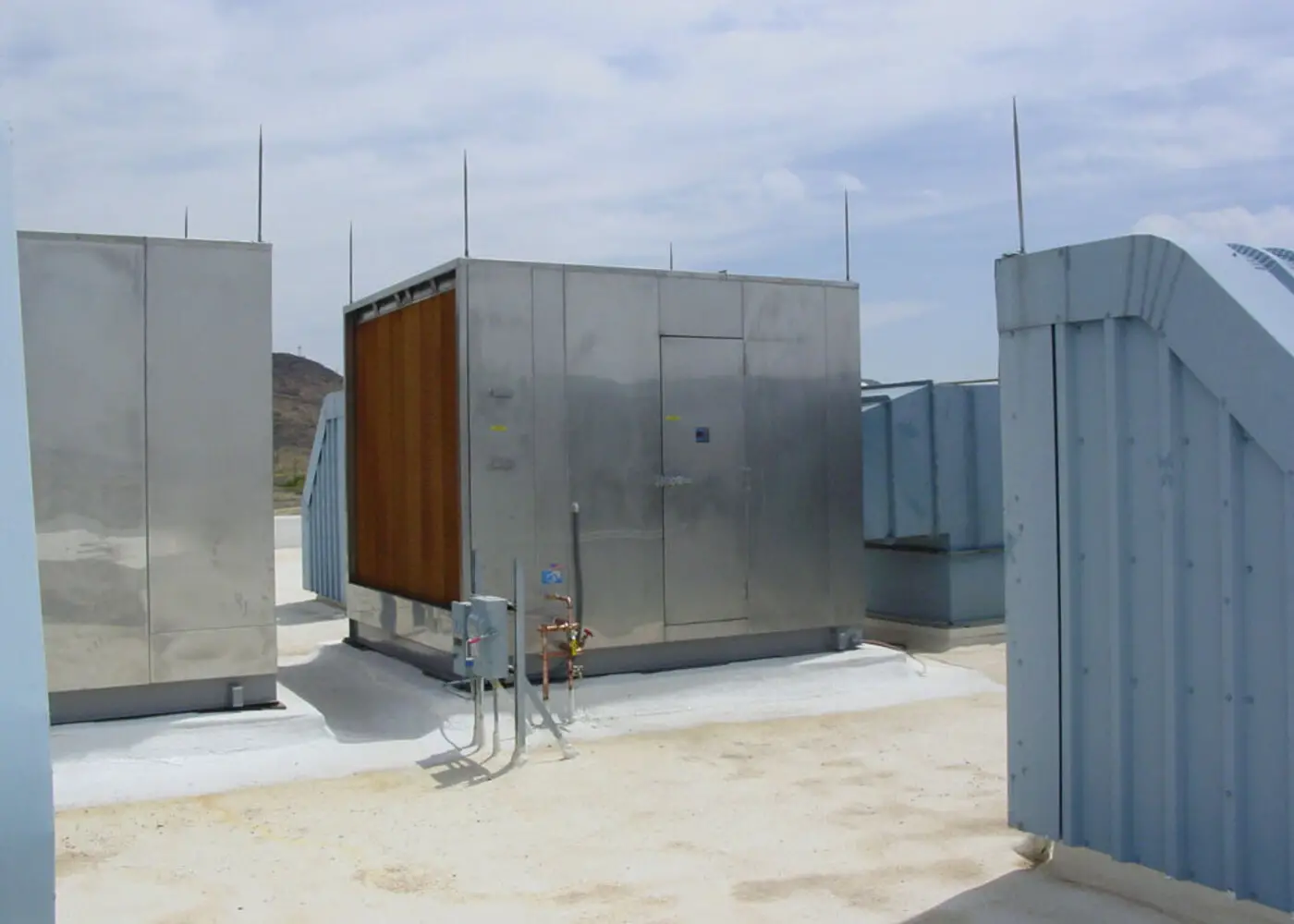In an era where industries are under pressure to reduce their carbon footprint while maintaining operational efficiency, industrial evaporative cooling systems have emerged as a sustainable, energy-saving solution for large-scale temperature control. From manufacturing plants and warehouses to data centers and agricultural facilities, these systems offer a highly efficient alternative to conventional air conditioning, especially in hot and dry climates.
This blog explores how industrial evaporative cooling systems save energy, the science behind their operation, where they work best, and why they are becoming a popular choice for forward-thinking businesses.
Understanding Industrial Evaporative Cooling Systems
Evaporative cooling, also known as adiabatic cooling, leverages the natural process of water evaporation to reduce air temperature. Unlike traditional refrigeration-based systems that rely on compressors and refrigerants, industrial evaporative cooling systems use a simple yet effective technique: as warm air passes over or through water-soaked pads, the water evaporates, drawing heat from the air and lowering its temperature.
There are two main types of evaporative cooling systems:
Direct Evaporative Cooling (DEC): The air passes through wet media and is cooled directly. It increases humidity and is ideal for applications where humidity is not a concern.
Indirect Evaporative Cooling (IEC): Air is cooled through a heat exchanger and does not come into direct contact with water, maintaining humidity levels while lowering temperatures.
How They Save Energy
1. Lower Electricity Usage
The most significant energy-saving advantage of industrial evaporative cooling systems is their drastically lower electricity consumption compared to traditional HVAC systems.
Traditional systems depend on energy-intensive compressors to circulate refrigerants. In contrast, evaporative coolers primarily use energy for:
Running fans to move air
Circulating water through the pads
These components typically consume up to 80% less electricity than standard air conditioners, resulting in significantly reduced energy bills. In facilities with expansive floor space, this translates into thousands of dollars in annual savings.
2. No Refrigerants Required
Refrigerants, used in traditional cooling systems, are not only costly but also harmful to the environment due to their high Global Warming Potential (GWP). Industrial evaporative cooling systems eliminate this dependency, using only water and air for operation. This reduction in harmful chemical usage supports compliance with environmental regulations like the Kigali Amendment and lowers a facility’s environmental impact.
3. Peak Load Reduction
During the hottest parts of the day, when electricity demand spikes (and rates increase), HVAC systems work harder to maintain indoor temperatures. Evaporative cooling systems ease this burden by offering natural cooling capabilities that maintain indoor comfort without ramping up power usage.
This load shedding contributes to lower demand charges on utility bills and helps stabilize energy grids during periods of high demand.
4. Scalability and Zoning
Industrial evaporative systems can be deployed in a modular or zoned approach, cooling only the required areas instead of the entire facility. This targeted cooling strategy improves energy efficiency, especially in large warehouses, distribution centers, or open manufacturing floors where localized cooling is sufficient.
Instead of overcooling spaces that are unoccupied, facilities can cool by need, saving considerable energy.
Applications Where Energy Savings Are Most Significant
While energy savings are universally appealing, industrial evaporative cooling systems deliver the most benefits in specific settings:
Hot and dry climates: Regions like the American Southwest, Australia, the Middle East, and parts of Africa are ideal for evaporative cooling because of the low ambient humidity. Under such conditions, these systems can drop air temperatures by 20–30°F.
Warehouses and logistics centers: These large, open-air facilities often lack ducted HVAC systems. Evaporative coolers offer spot-cooling solutions that are both efficient and cost-effective.
Manufacturing plants: With heavy machinery generating substantial internal heat, evaporative cooling not only reduces ambient temperature but also improves worker safety and equipment performance.
Data centers: Heat-sensitive electronics require precise temperature control. Indirect evaporative cooling is increasingly used as a sustainable alternative to chillers, particularly in cooler or drier regions.
Agricultural operations: From poultry farms to greenhouses, controlling temperature and humidity levels is vital. Evaporative cooling ensures animal comfort and crop yield with low energy consumption.
Comparing to Traditional HVAC Systems
Environmental and Financial Benefits
Energy savings translate directly into both financial and environmental benefits:
Financial
Lower utility costs due to reduced energy usage.
Reduced maintenance expenses, as the systems are mechanically simpler.
Incentives and rebates may be available in regions promoting energy-efficient upgrades.
Environmental
Lower carbon emissions due to reduced electricity consumption.
Elimination of harmful refrigerants.
Water-efficient designs reduce overall water waste, especially in newer models that recirculate and filter water.
Innovations Driving Even Greater Efficiency
The latest industrial evaporative cooling systems are smarter and more efficient than ever, incorporating features like:
Variable speed fans: Optimize airflow for maximum cooling with minimal power draw.
Smart sensors: Automatically adjust operation based on temperature, humidity, and occupancy.
Hybrid systems: Combine evaporative and refrigerated cooling for mixed climates or mission-critical applications.
Advanced filtration: Improves indoor air quality while maintaining efficient airflow.
Key Considerations for Implementation
While energy savings are clear, industrial buyers should evaluate the following when considering an evaporative cooling system:
Climate suitability: The drier the environment, the more effective the system.
Water availability: While energy use is low, water is a necessary input. Water-efficient designs can minimize this.
Airflow requirements: Calculating the correct airflow (CFM) ensures the system delivers adequate cooling.
Maintenance planning: Regular cleaning and occasional pad replacement keep systems operating efficiently.
A Smart Energy-Saving Strategy
As companies look for greener and more cost-effective climate control strategies, industrial evaporative cooling systems offer a compelling solution. By leveraging the natural physics of evaporation, these systems reduce electricity consumption, eliminate refrigerants, and lower both operational costs and carbon footprints.
Whether cooling a factory floor, a fulfillment center, or a massive agricultural space, the switch to evaporative cooling isn’t just an upgrade—it’s a strategic investment in a more sustainable industrial future.

All Comment 6
Login to post a comment
No comments yet
Be the first to drop a comment